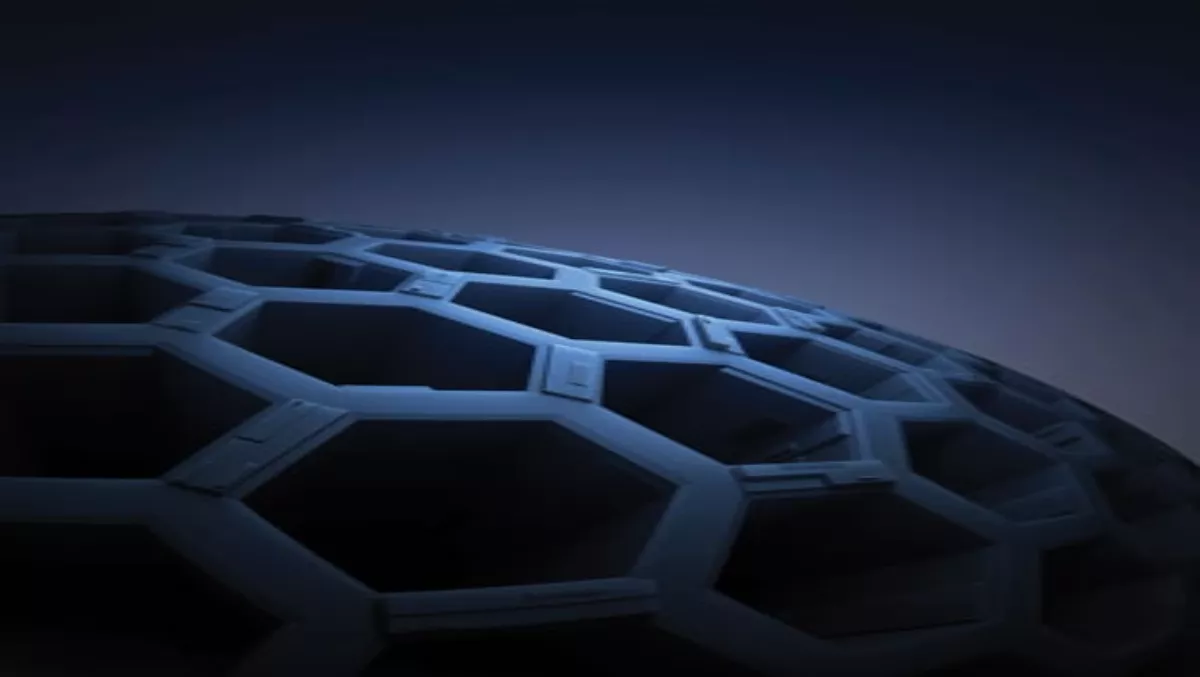
The evolving fabric
Ian Quinn from Juniper Networks points out the modern data center has undergone a series of changes that have significantly impacted business operations and made fabric networking a hot topic for 2012."There is a lot more server virtualisation driving requirements,” Quinn says. "Fabric is trying to reply to this by connecting all the performance applications available.”Server virtualisation maximises server utilisation and enables resiliency and agility while storage convergence and virtualisation yield similar benefits.The size of data processing and storage operations are steadily increasing. Data Center traffic scale and volatility are growing in response to these data center changes. Traffic flow patterns are changing as well. In addition to the traditional flow of traffic from servers to the data center core, it also flows from server to server and from server to storage in the modern data center. Consequently, data center network infrastructures must support ever increasing scale and any-to-any connectivity.Juniper has been working with fabric since 2009 when it came to market with Project Stratos."Vendors are still coming to market so we will start seeing continued development and interaction. People refresh data center environments every three to five years and as people refresh, uptake will increase.”Juniper’s QFabric meets the needs of the modern data center by simplifying network operations, reducing network latency and congestion, seamlessly integrating with existing network infrastructure and services, and delivering scale without adding cost and complexity.In designing QFabric, the company has essentially taken the three basic components of a traditional switch fabric (line cards, backplane and routing engines) and broken them out into independent, standalone devices: QFabric Node, QFabric Interconnect and QFabric Director, respectively. In the QFabric architecture, the QFabric Node-analogous to the line cards that reside within a chassis switch-is a high-density, fixed-configuration one rack-unit edge device that provides access into and out of the fabric. The QFX3500 hardware not only acts as a QFabric Node edge device in a QFabric architecture, it can also serve as an ultra-low latency, high-performance standalone 10GbE top-of-rack switch in extremely demanding data center environments.The switch backplane is represented by the QFabric Interconnect device, which connects all QFabric Node edge devices in a full mesh topology.The routing engines embedded within a switch are externalised in the architecture and called the QFabric Director, which provides the control and management services for the fabric.By presenting itself as a single switch running the Junos operating system (OS), the QFabric architecture greatly simplifies data center management. By reducing the number of switches required in the data center network, the QFabric architecture significantly lowers complexity and operational expenses as well as power, space and cooling costs. In addition, to maximize network uptime, QFabric is designed as a reliable carrier-class infrastructure with no single point of failure or downtime for reconfiguration and maintenance.The QFabric architecture’s any-to-any connectivity supports the high-speed server-to-server communication so crucial for modern data center networks. Ultra-low deterministic latency provides an order of magnitude improvement in performance over traditional network architectures, making QFabric effective at supporting latency-sensitive applications, east-west traffic flows, virtualisation, cloud computing and other high-performance data center initiatives.The QFabric technology’s flat, nonblocking and lossless architecture is optimised for server virtualisation, making it easier for enterprises to eliminate "stranded capital” that results from underutilised server and storage assets. QFabric also supports converged traffic at 10GbE access port speeds. With QFabric, enterprises can run Fibre Channel, L2, L3 and Fibre Channel over Ethernet (FCoE) on the same data center network. QFabric eliminates the trade-offs among simplicity, performance, scalability and cost compared to the market leader’s multitier data center network architecture.

